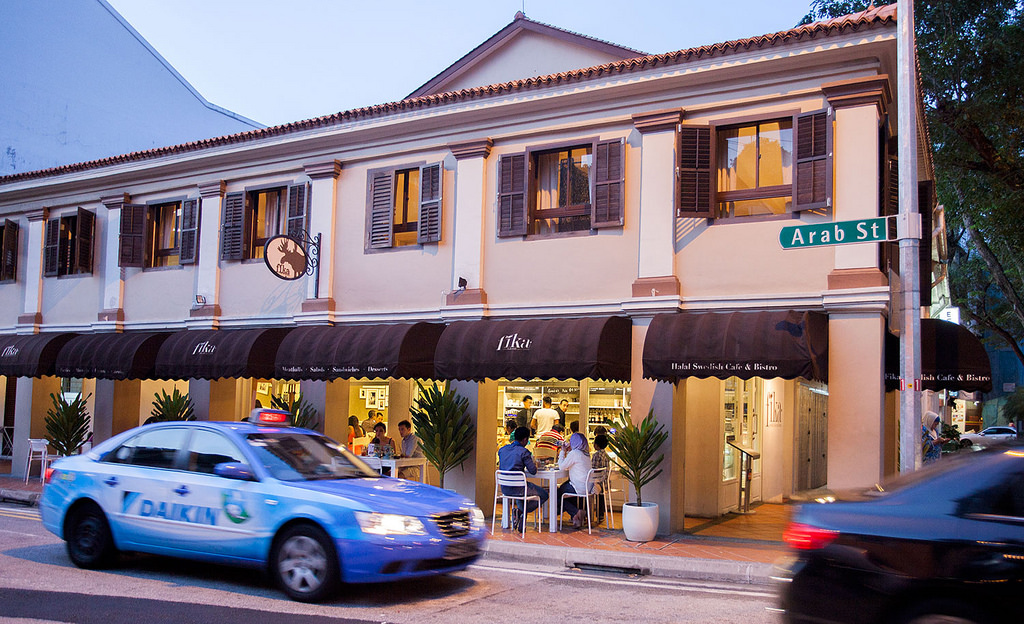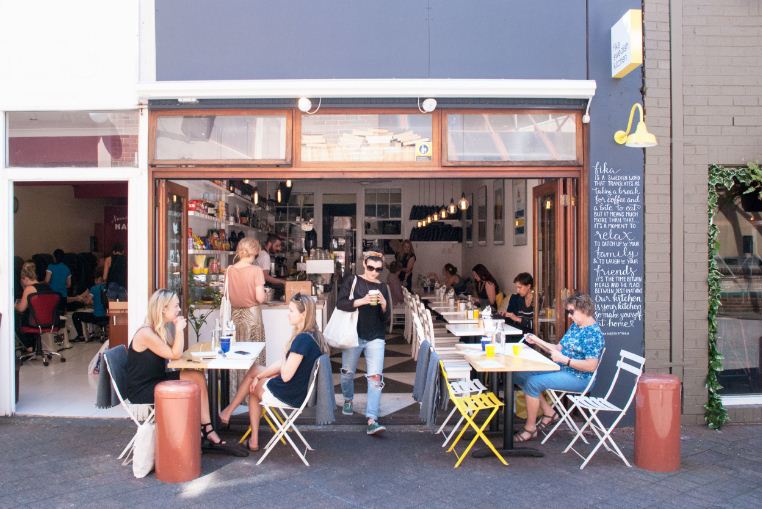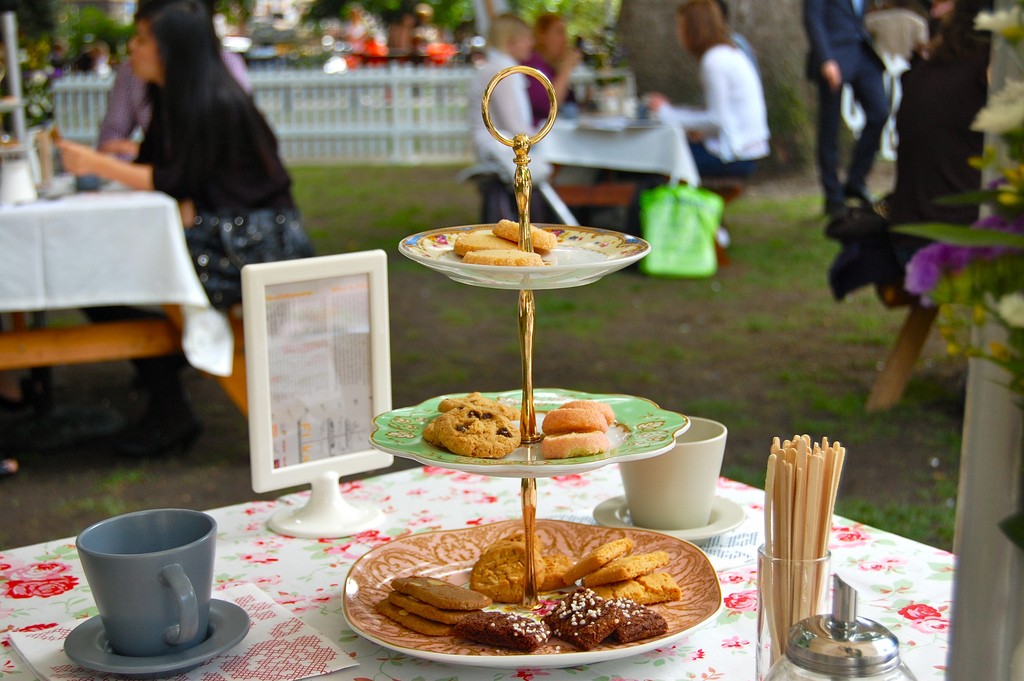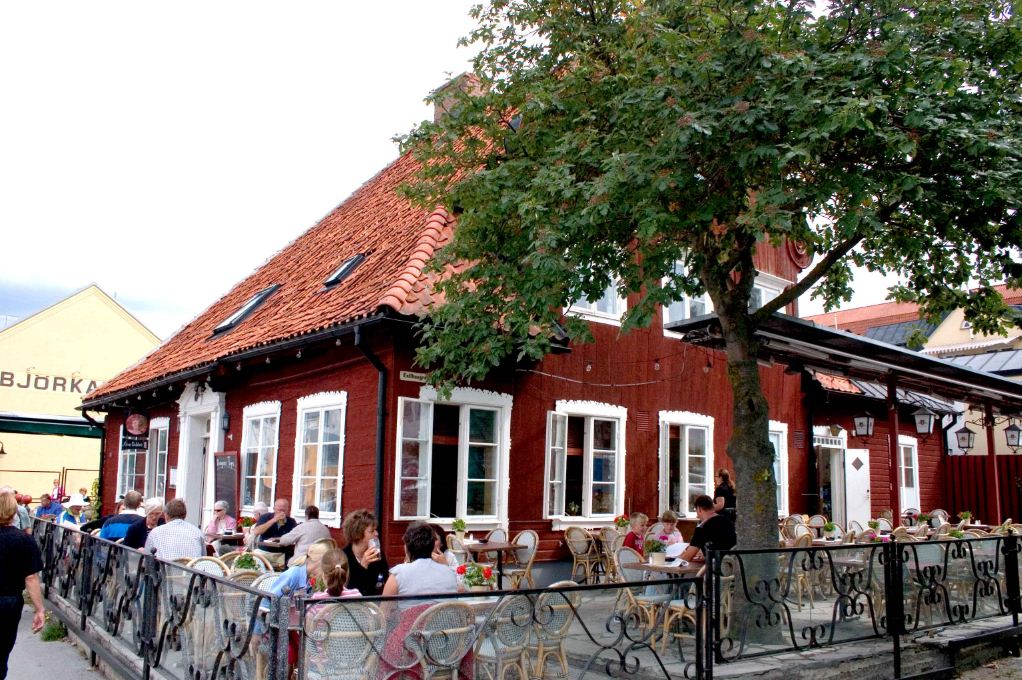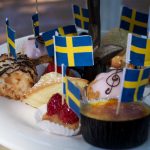Swedish Fika — A Swedish cultural experience
The Swedish fika culture (Swedish Fika) reminds me of a cross between the way Americans enjoy takeout coffee and the Japanese tea ritual. It has a really lagom and Swedish feel about it.
If you’re searching for anything that truly differentiates Sweden’s way of life from that of its Scandinavian neighbors, go no further than fika. Fika is connected to the Swedish notion of lagom, which denotes a modest way of living. It is difficult to provide a literal translation.
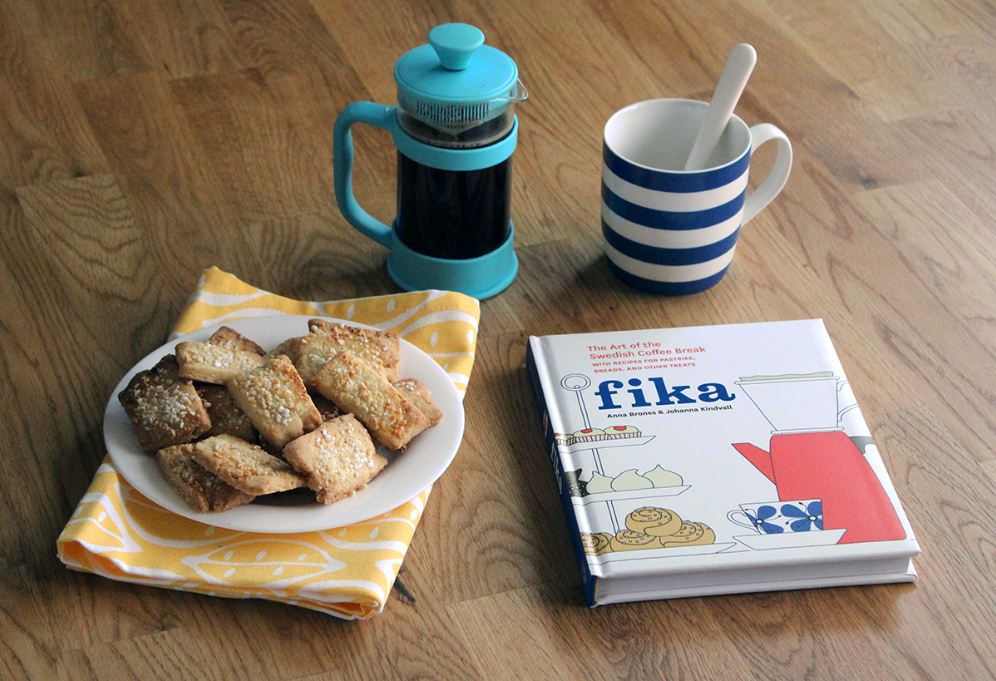
Lagom is a guideline for Swedish people’s lifestyle, behavior, etiquette, and even food. They are neither as cold as the Finns or as busy as the Norwegians; nor are they as laid-back as the inhabitants of Southern Denmark, known as the “Italy of the North.” The lagom lifestyle is what distinguishes Sweden as the only country in Northern Europe to provide a unique method to consume coffee – fika.
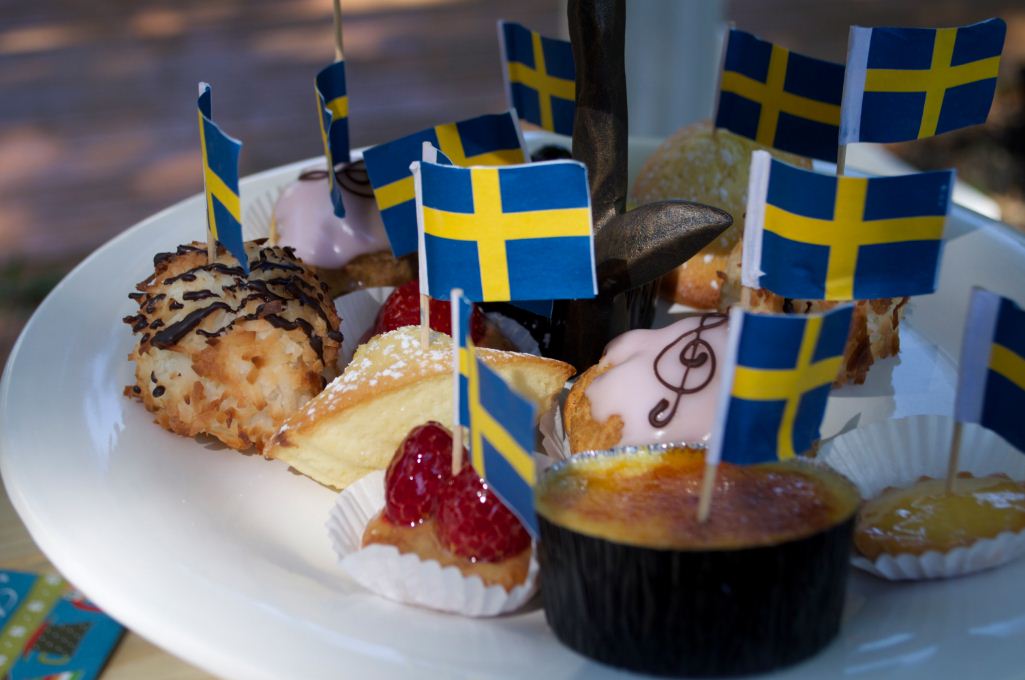
Aspects of fika
Swedish Fika is not just a place to drink coffee, but it also demonstrates the arts of social etiquette and living life in this tranquil country. It is not as ritualistic as the Japanese art of sipping tea. It differs from the way Americans consume takeout coffee; the industrial pace of life in the US rarely allows time to sit down and enjoy a hot beverage. Fika isn’t going to get a Starbucks takeout and drink it while rushing down the street. It’s fascinating that Viking descendants could pack so much nuance into such a basic phrase. In this regard, Swedish is similar to Vietnamese.
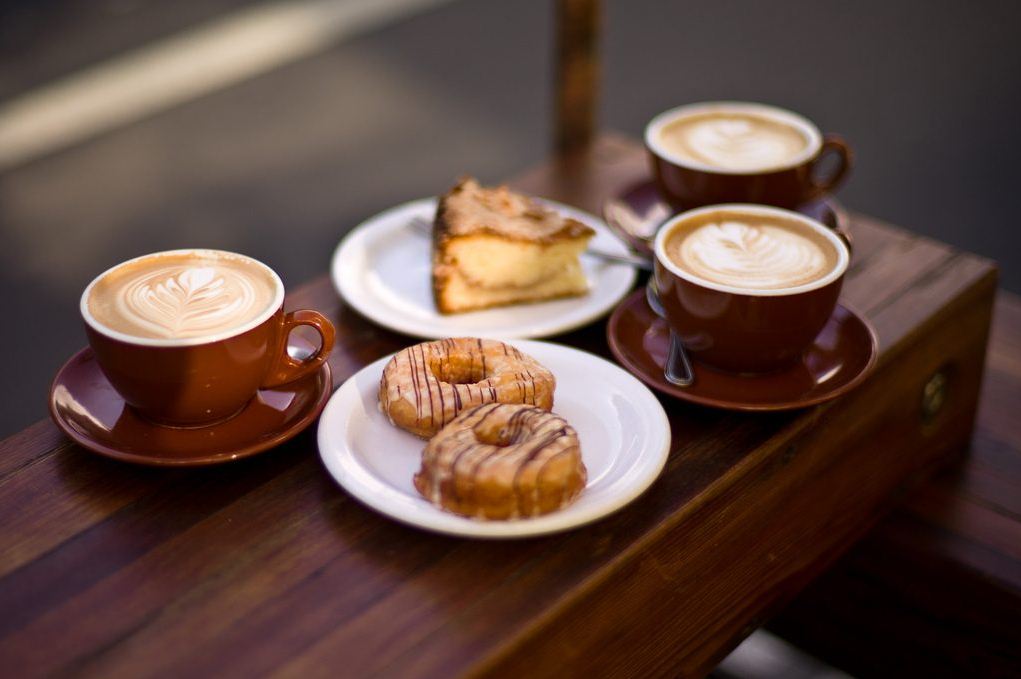
In Sweden, you can hear, see, and feel the fika atmosphere anywhere and at any time, from luxury cafés in sophisticated city center hotels to little spots in narrow alleyways known only to locals, in homes and offices, from beautiful summer days to gloomy, snowy winters. Fika may be found around every turn.
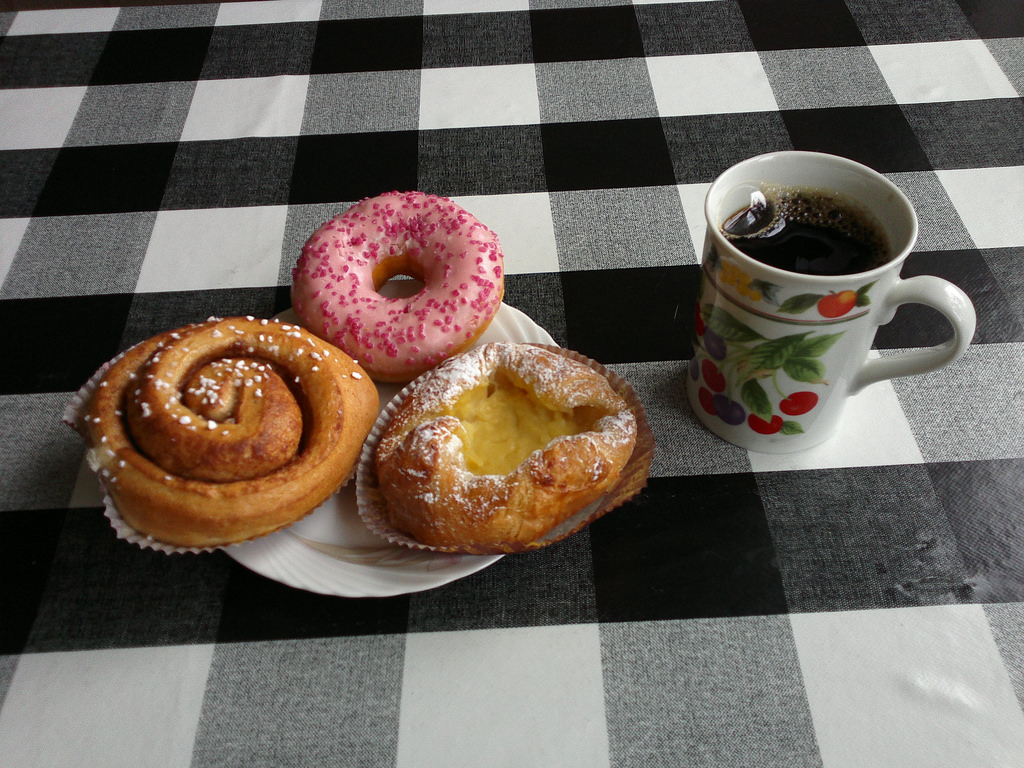
In Sweden, you may hear, see, and feel the fika vibe at any time and in any place, from luxury cafés in sophisticated city center hotels to little spots in narrow alleyways known only to locals.
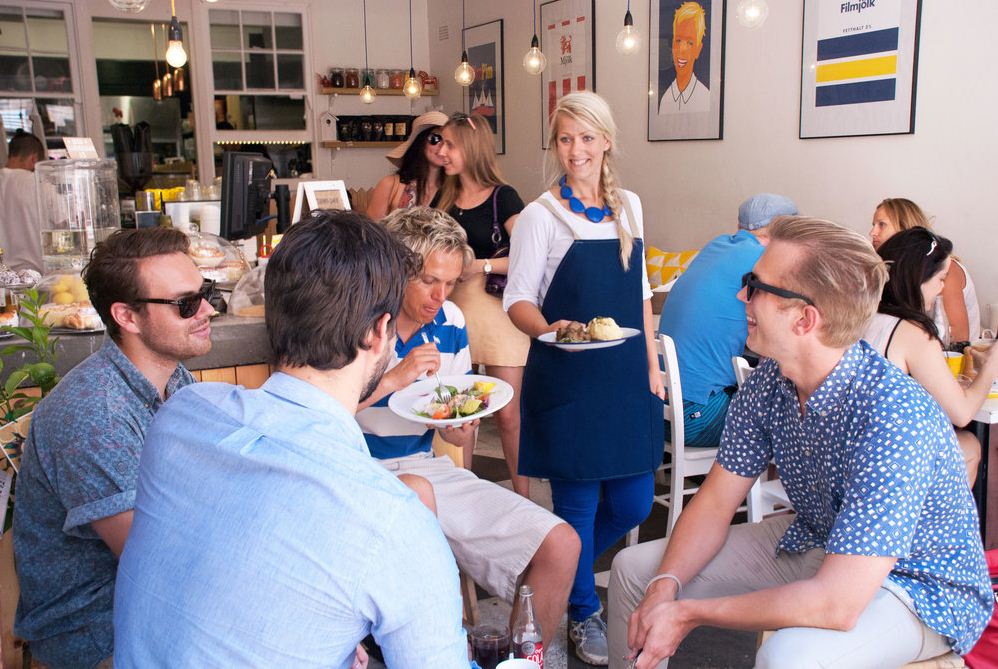
If you are welcomed to a Swedish home, you can enjoy fika while eating fragrant pastries prepared by your hosts. You may fika with coworkers during breaks at Swedish enterprises to strengthen your connections, which might be fairly superficial in this country known for its independence. Even a shy guy may set up a date with his lover by inviting her out to fika. The Swedes have several reasons to fika with one another.
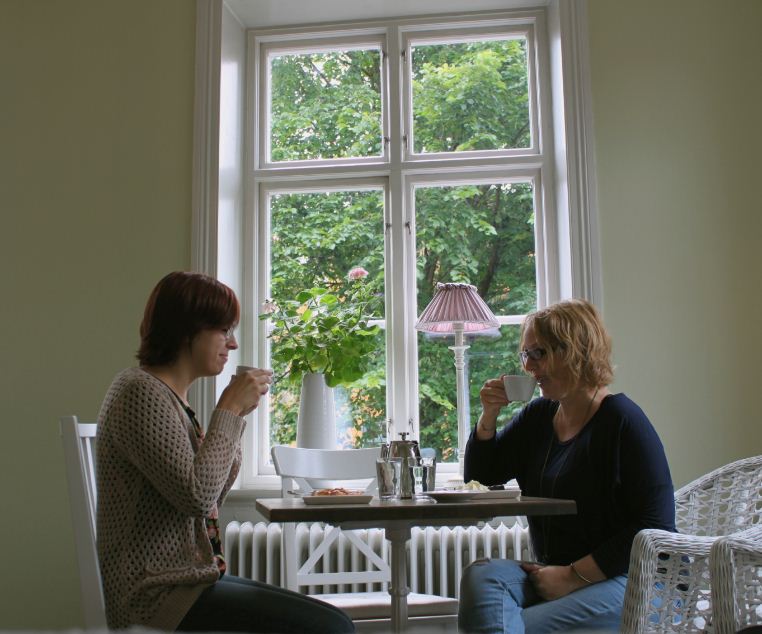
History of Fika
From the 17th century forward, coffee was introduced into Northern Europe. It wasn’t until the 18th century that it became a popular drink among noblemen and the wealthy. Unfortunately, King Gustav III of Sweden did not like this delectable beverage. He imposed numerous severe restrictions to discourage coffee use, including hefty fees that penalized anyone who ventured to consume coffee. He raided his realm in order to capture coffee-making equipment.
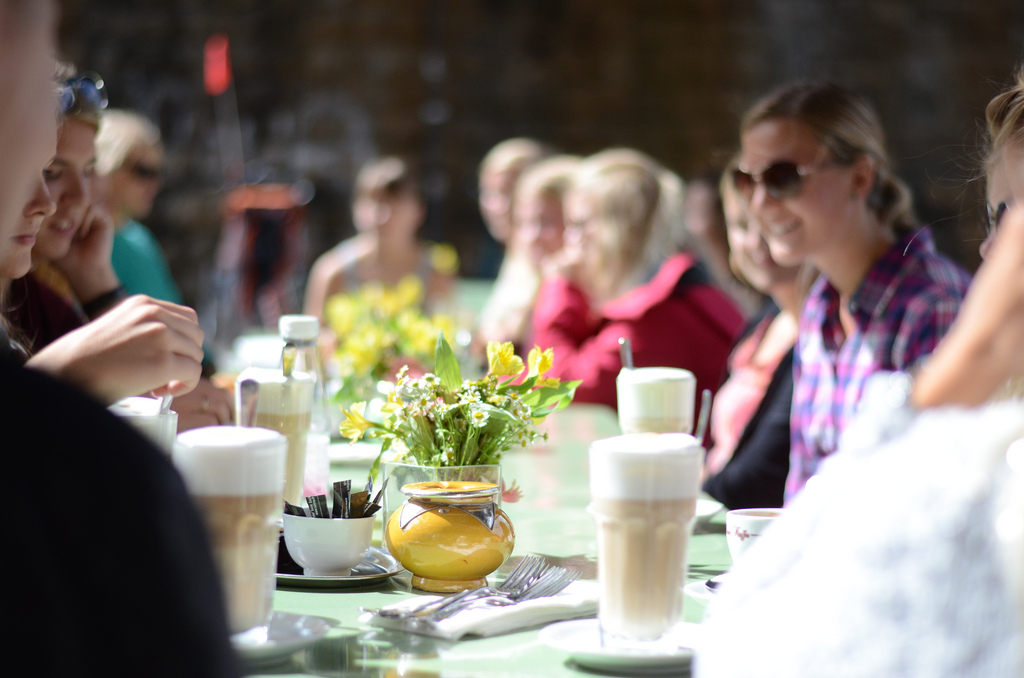
Coffee addicts, on the other hand, were well aware that once they had tried coffee, it was extremely difficult for them to abandon their obsession. Just the smell of coffee in the air would conjure up images of that vein-stretching caffeine high. Nowadays, it’s wonderful to walk into a tiny bakery (konditori) in the city center, order a hot cup of black coffee, and wrap your hands around the cup to feel its warmth. It’s similar like holding your sweetheart’s hand.
Today, fika has become an essential part of Swedish daily life. Apart from the coffee, an intriguing selection of pastries is offered with fika. All are referred to as fikabröd, which translates as “cakes served with fika.” The curled kanelbullar waffle is the most popular cake. Kanelbullar is so well-known that the Swedish celebrate Waffle Day on October 4th. Waffles are substituted by lussebullar, which is dried grapes with saffron, during St Lucia’s Day in mid-December. Semlor cake, prepared with fresh cream, is offered in April, when Europe is preparing for Lent.
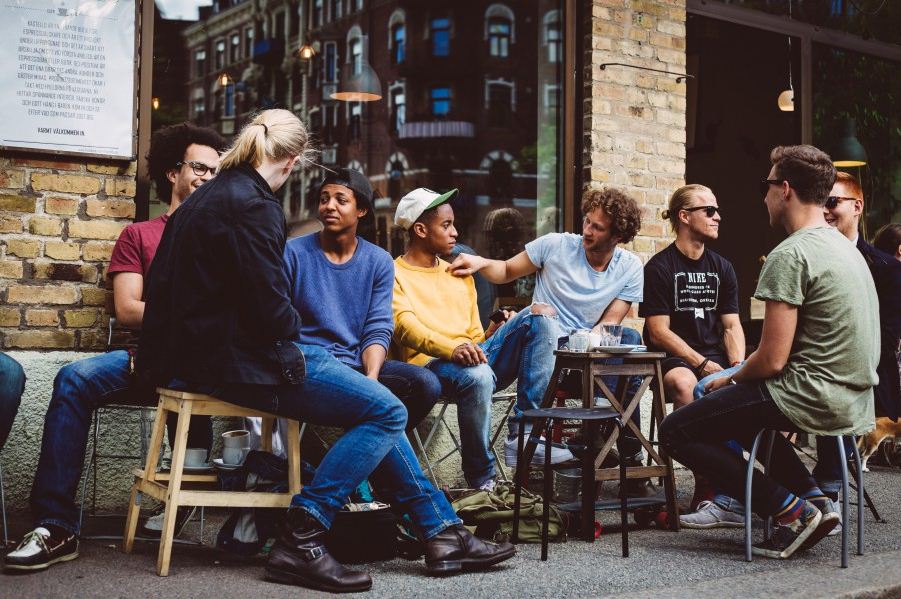
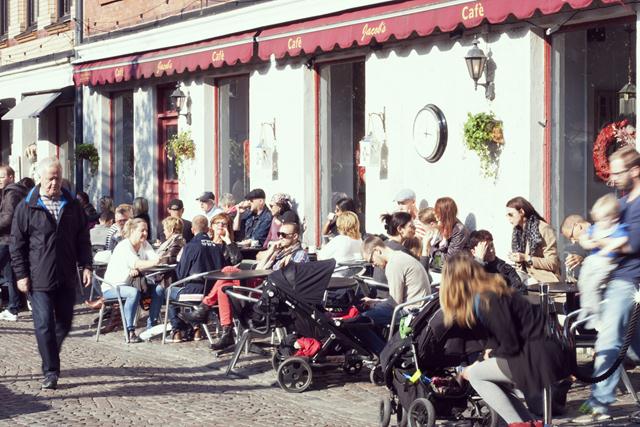
In Vietnam, a buddy of mine from Hanoi was accustomed to drinking Thai Nguyen green tea. She became a fika junkie after six months in Sweden. Even Swedish folks, who have grown up with fika, grin like a kid at a candy store when they talk about fika outside in the summer. They are overjoyed with the simple invitation “Let’s fika!”
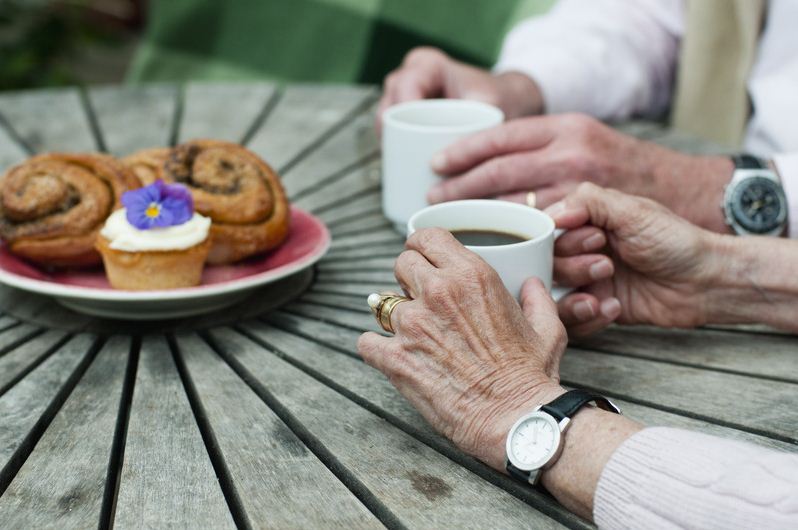
Further information
+ Return flight tickets between Vietnam and Sweden cost 18 – 21 million VND (US$800 – US$950). If you plan to travel to Sweden or other countries in Northern Europe, you should book tickets in advance because air fares increase in summer.
+ To visit Sweden, you have to change in either Denmark or Finland, then fly to Stockholm or Gothenburg, the two biggest cities in Sweden. If you book tickets with cheap airlines such as Turkish Airlines, you will have to change twice.
+ Swedish currency: krona. 1 krona is equivalent to 3,500 VND. A cup of cappuccino is about 30 – 80 krona.
+ Gothenburg, the second biggest city of Sweden (after Stockholm) is considered the capital of fika culture. If you visit this city, drop by Hurasen cafe at Haga Nygatan 28 to enjoy huge waffles at 50 krona each.
+ When going to a restaurant, remember to greet people by saying “hejhej.”Within 5 minutes of entering a restaurant, you will hear this greeting many times from both guests and waiters. When being served coffee, do not forget to say “takk takk,” which means “thank you.” Local people will be very pleased if you can speak some Swedish!











